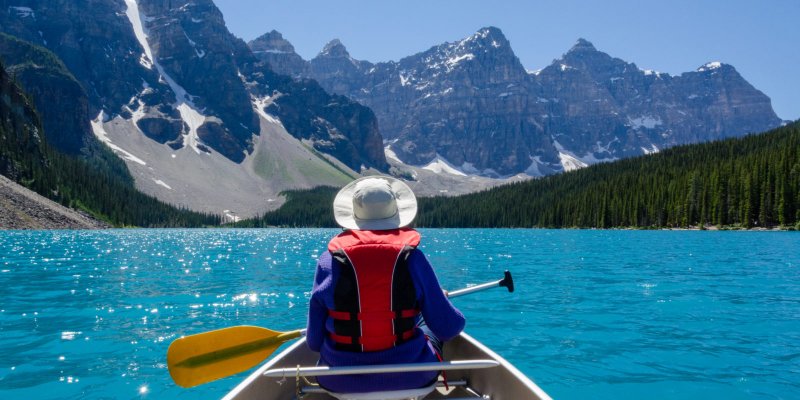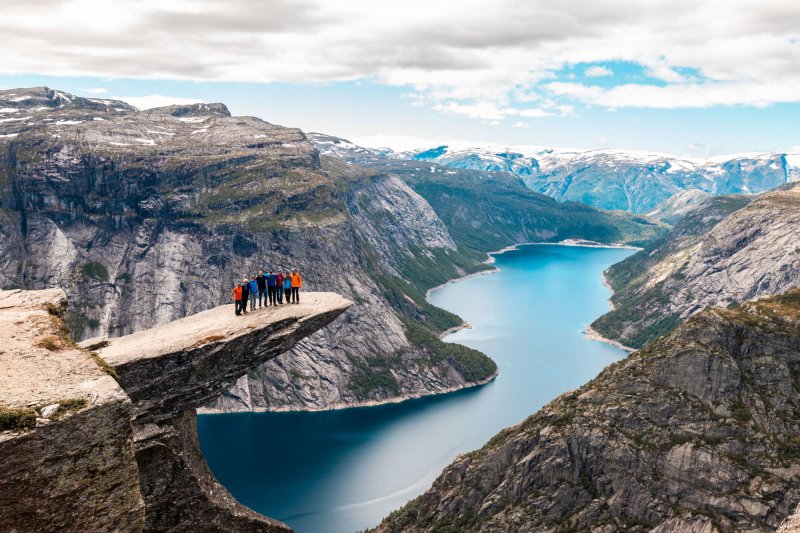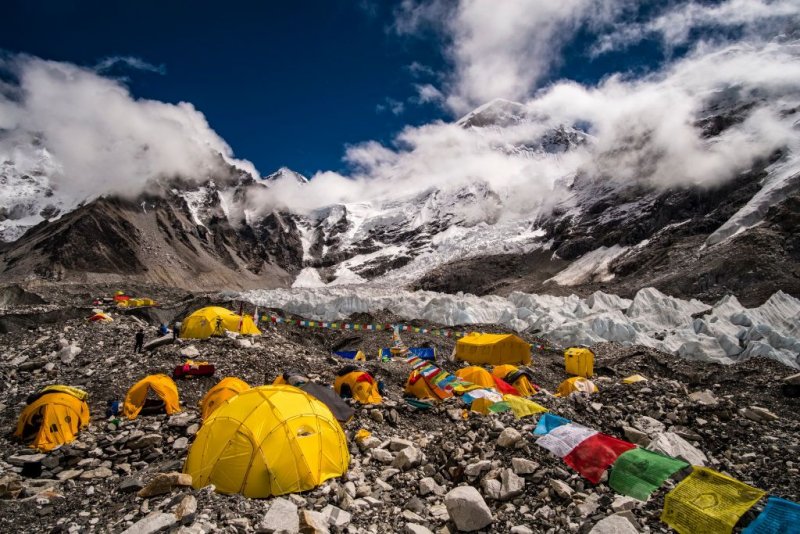Nestled in the heart of the majestic Canadian Rockies, Banff National Park stands as a crown jewel of natural beauty, an awe-inspiring testament to the grandeur of Mother Nature herself. With its towering mountains, crystal-clear lakes, and diverse wildlife, Banff offers an unparalleled experience for those seeking to connect with the wild splendor of the great outdoors.
A Glimpse into Banff’s History
Banff National Park, established in 1885, holds the distinction of being Canada’s first national park and the third national park in the world. Its history is woven into the fabric of Canada’s conservation efforts and its commitment to preserving its natural heritage. Originally established to protect the hot springs in the area, Banff’s boundaries have since expanded to encompass a vast area of over 2,500 square miles, encompassing a remarkable range of ecosystems and landscapes.
Majestic Mountains and Peaks
At the heart of Banff’s allure are the breathtaking mountains and peaks that dominate the skyline. The iconic Rocky Mountains, shrouded in mist and crowned with snow, seem almost surreal in their beauty. The towering Mount Rundle, with its distinctive horizontal layers of rock, and the imposing Castle Mountain are just a few of the awe-inspiring peaks that grace this landscape.
Turquoise Lakes and Glacial Wonders
The mesmerizing turquoise lakes of Banff National Park seem almost otherworldly, their colors a result of the finely ground rock particles suspended in the water. Lake Louise, often referred to as the “Gem of the Rockies,” captivates visitors with its vivid turquoise hue, reflecting the surrounding peaks like a mirror. Moraine Lake, nestled amidst the Valley of the Ten Peaks, enchants with its deep blue waters and stunning alpine backdrop.
Glaciers, those ancient rivers of ice, also play a crucial role in Banff’s allure. The Columbia Icefield, one of the largest accumulations of ice and snow in North America, feeds eight major glaciers that spread across the park. The Athabasca Glacier, easily accessible from the Icefields Parkway, offers an up-close encounter with the icy remnants of the past, a humbling reminder of the Earth’s ever-changing landscape.
Flourishing Flora and Fauna
Banff National Park’s diverse ecosystems support a rich array of flora and fauna. From dense forests of pine and spruce to expansive alpine meadows bursting with wildflowers, the park’s landscapes are a testament to nature’s artistic palette.
The park is also home to a variety of wildlife, including grizzly bears, black bears, elk, deer, wolves, and bighorn sheep. It’s not uncommon to spot these majestic creatures roaming freely, a reminder of the delicate balance between humans and the wild.
Outdoor Adventures and Recreation
For the adventure seekers, Banff is a playground like no other. The park offers a plethora of outdoor activities, from hiking and camping to rock climbing and white-water rafting. The network of trails caters to all levels of hikers, from casual strollers to experienced mountaineers. The Banff Legacy Trail, a scenic biking route, provides an eco-friendly way to explore the park’s beauty.
Preserving Banff’s Majesty
Preserving the delicate balance of Banff National Park is a shared responsibility. The park’s delicate ecosystems are vulnerable to the impacts of increased visitation, climate change, and human development. Efforts to educate visitors on responsible outdoor practices, such as “Leave No Trace” principles, are crucial to ensuring the park’s longevity and continued allure.
In Conclusion:
Banff National Park stands as a testament to the astonishing beauty and power of nature. Its majestic mountains, serene lakes, and vibrant wildlife converge to create an experience that captures the essence of the Canadian Rockies. For those seeking to be humbled by the grandeur of the natural world, Banff’s allure is bound to leave an indelible mark on their hearts and minds, a memory of a place where the wild still reigns supreme.




